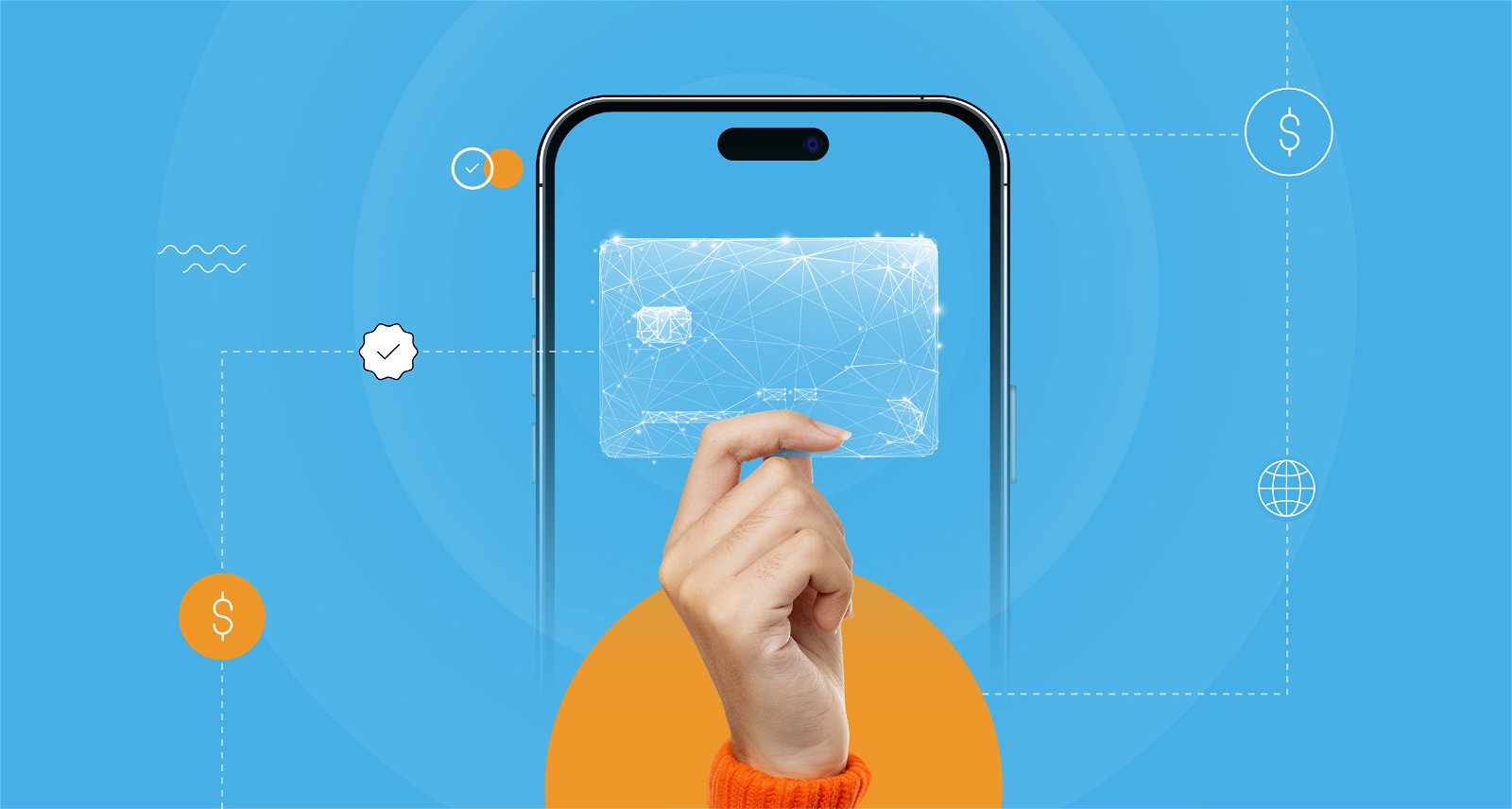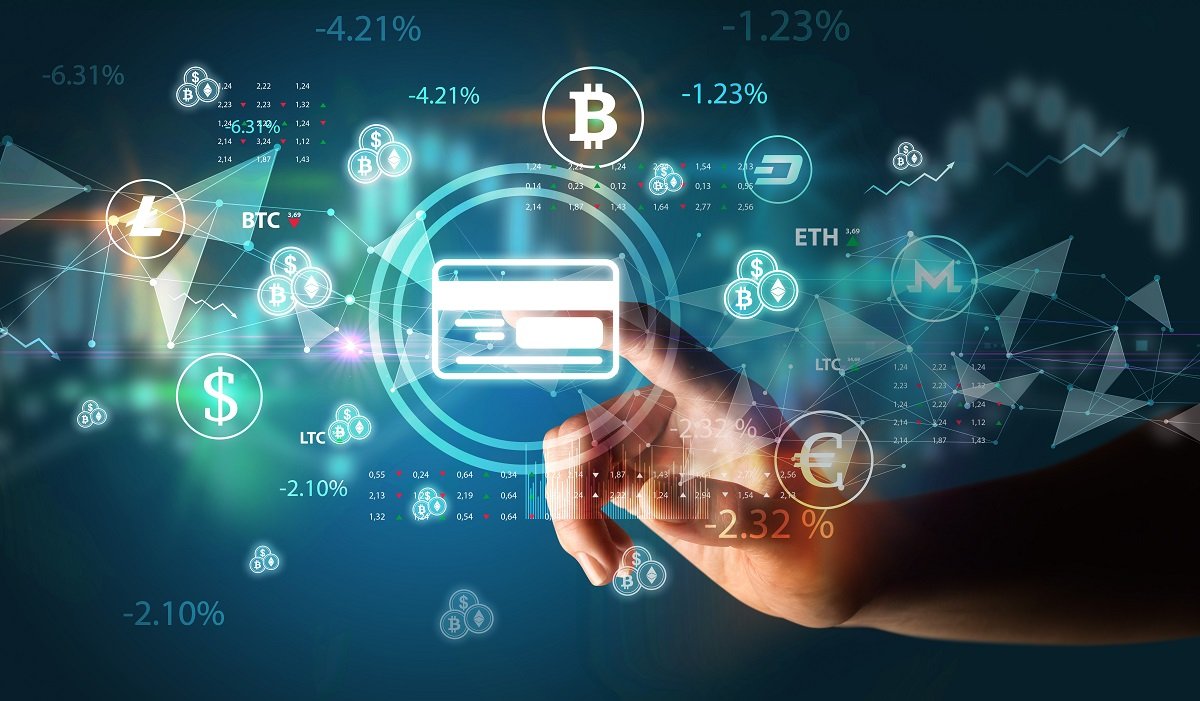From travel and insurance expenses to software subscriptions and supplier payments, commercial virtual card use has boomed in recent years. The global value of transactions is expected to hit close to $7 trillion by 2026, up from about $2 trillion in 2021, according to data from Visa.
But it isn’t just commercial use cases. Consumers are increasingly using virtual cards, whether it’s to solve traditional pain points around cross-border payments or to enable instant and smooth access to credit or buy now, pay later (BNPL) solutions.
There is a wide range of use cases where the virtual card is becoming an enabling feature, and what’s so exciting about it is that it doesn’t have the limitations that many traditional [card] products have had previously.
The instant issuance of credit capability with digital cards allows merchants and lenders to offer the end-user payment within the app they’re using. This makes it much more seamless and convenient than the traditional credit application processes.
To support emerging markets like the Middle East and North America (MENA), i2c partnered with Visa to provide payment and processing services to MENA-based FinTechs. Virtual cards offer huge opportunities to drive greater financial inclusion in developing regions.
In the unfortunate case of a disaster or emergency, virtual cards can also serve as a means for governments to easily send funds to people who would otherwise struggle to access money.
Digital cards are breaking down barriers across borders both in the commercial and consumer card space, making payment moves that would have been impossible 20 years ago relatively straightforward today. The more digital cards become embedded and automated as part of a more standardized process, the more we will see growth increase even further.
Mitigating B2B Payment Fraud
Digital cards have optimized firms’ expense management, as employees who would have had to go into the office pre-pandemic to prepare checks now have the option to streamline and automate the process with virtual cards – a more cost-effective, safer and far easier way for suppliers and partners to get paid on time.
They also help employers control spending, either by assigning a multi-use virtual card to an employee for multiple payments or a more stringent single-use, specific-purchase card to prevent transactions over a certain value and limit it to a particular merchant or supplier.
This feature not only mitigates fraud in business-to-business (B2B) payments. The fact that digital cards automatically categorize transactions and provide spending data can help finance teams make better spending decisions.
Virtual cards are essentially a payment token to which you can assign a set of controls and features tailored to the user experience. That is something that’s never been possible with traditional physical card products.
Legacy Banks: There’s Still Time
Traditional banks can capitalize on the momentum to drive virtual card adoption. Still, part of the challenge is that they have long prioritized corporate and procurement cards over virtual cards, leaving specific niche B2B players like WEX to provide digital card solutions to businesses.
It’s not too late to integrate and work with partners like i2c to identify ways that they can bring virtual cards into their repertoire is going to become increasingly important. It’s critical for traditional banks to continue to play the central cash management role they’ve enjoyed for a long time.
Beyond traditional corporate clients, an increasing number of merchants are now demanding digital-first payment options. As a result, they will want products like virtual cards in their suite of services to facilitate instant issuance – to support BNPL purchases, for example.
The levels of consumer expectation had increased exponentially in recent years. Consumers expect every digital experience, regardless of whether it’s coming from a bank, a merchant or a FinTech, to all offer the same fast, convenient, seamless payments.
That trend has raised the expectation level significantly adding that it will continue to play a crucial role in driving the adoption and integration of virtual cards into systems moving forward.



